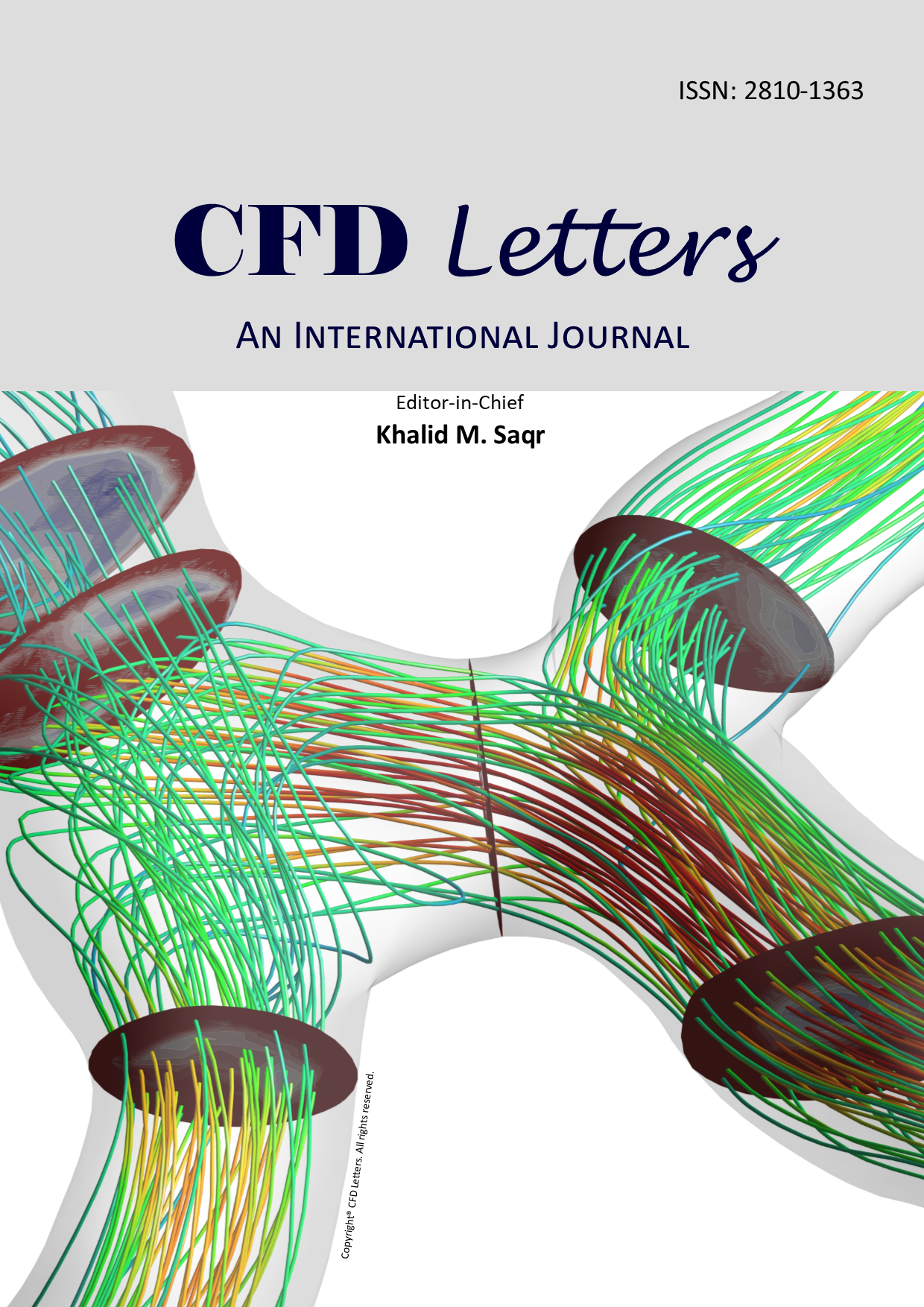Stagnation Point Flow of Williamson Nanofluid towards a Permeable Stretching/Shrinking Sheet with a Partial Slip
Keywords:
stagnation point, Williamson nanofluid, stretching/shrinking, suction, partial slipAbstract
The Williamson stagnation nanofluid flow over a stretching/shrinking surface with active and passive control are numerically studied. The main focus of the present study is to investigate the impacts of partial slip and suction at the boundary on the velocity, temperature, and nanoparticle volume fraction profiles and heat transfer characteristics. It is crucial to analyze the fluid flow and heat transfer problems with the inclusion of partial slip and suction effects due to an extensive variety of applications in the industry. The governing partial differential equations are reduced to a set of coupled nonlinear ordinary differential equation systems using nondimensional variables and then it is solved using the boundary value problem solver (bvp4c) in MATLAB. Results show that both velocity and nanoparticle volume fraction increase as the suction parameter increases while the temperature acts in the opposite manner. The magnitude of the reduced skin friction coefficient, the reduced Nusselt number and the reduced Sherwood number are notably increased for the first solution with the increasing suction parameter. It is seen that the nanofluid velocity increases as the partial slip parameter increases whereas the temperature and nanoparticle volume fraction of the nanofluid are decreased. As partial slip parameter enhanced, the reduced skin friction coefficient has decreased while the magnitude of both the local Nusselt number and the local Sherwood number are increasing. Dual solutions exist up to a certain range of the stretching/shrinking parameter in the shrinking flow region. The critical values of stretching/shrinking parameter increases with the increasing in suction and partial slip effect strength suggest that both parameter widens the range of dual solutions exist. Physically, the increment of the suction and slip effects has delayed the boundary layer separation. The first solution is found to be stable and physically applicable but the second solution is not based on the literature for the similar problem presented by researchers.













